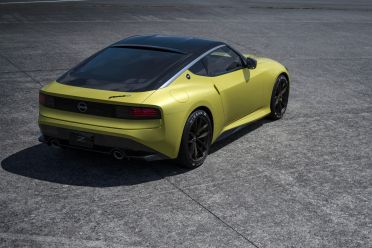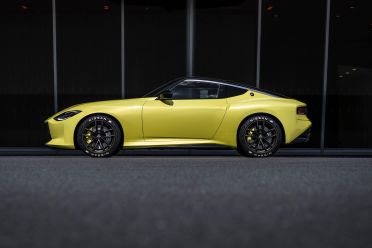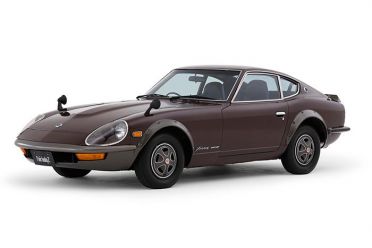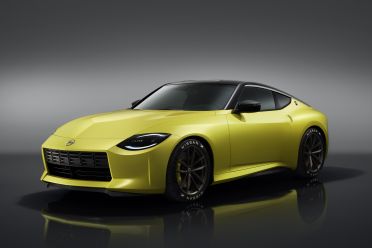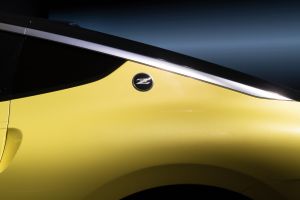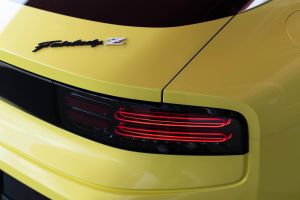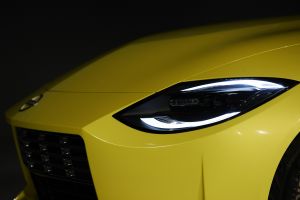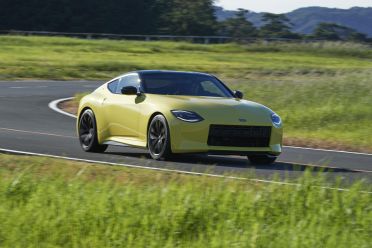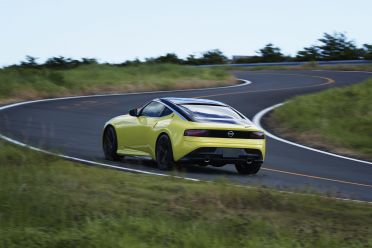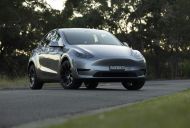When it comes to the production version of the Nissan Z Proto, what we see is what we’ll get.
“The selection of the name Proto is quite deliberate. We didn’t call it a concept car because it’s not really a concept car. This is a car that we’ve been developing with our engineers, the chassis, the structure. This is a real car, it’s just not finished,” said Nissan design boss Alfonso Albaisa.
He said he’d passed the baton and the design stage was over.
“R&D is in the final, they have it now, they own it, I won’t touch it anymore,” he said.
“What you see basically has gone through the process and it’s something that we love and it feels right and… [the engineers will only change] Very small things.”
Albaisa was also part of the design team that worked on the 350Z, which penned a retro-style model and the forward-looking one Nissan ended up signing off on.
With the Z Proto there was also a variety of both retro and more modern-style designs but the design team was leaning towards a retro model this time around, even as Nissan looks to the future with models like the upcoming Ariya electric SUV.
Around half a dozen proposals for the next-generation Z’s design were created by Nissan’s studios in the UK, China and the US, with almost half having some kind of homage to Zs of the past.
Rounder headlights were mooted, though the design team eventually landed on units inspired by the Japanese-market Fairlady ZG (above) that used clear dome lenses over its headlights.
“Very quickly the 300ZX and 240Z seemed to be where we wanted to be,” he said, though he noted a less retro design did make it to the final two.
Compared with the outgoing 370Z – which Albaisa called a revolution in design if not format over the preceding 350Z – the Z Proto features similar dimensions. Width is unchanged, while height is reduced by 5mm and length is increased by 117mm.
It’s likely to be a lot more powerful than its predecessor, however.
While the 280ZX and both generations of 300ZX were optionally available with a turbocharged engine (if not always in this market) and the 350Z and 370Z were naturally-aspirated only, the production Z Proto will feature a twin-turbocharged V6 engine as standard.
Nissan hasn’t confirmed its size or outputs but it’s expected to be a version of the twin-turbo 3.0-litre V6 from the Infiniti Q60 Red Sport, which produced 298kW of power and 475Nm of torque.
A six-speed manual transmission will be standard and a seven-speed automatic is expected to be optional.
That’s a big step up from the current 370Z’s naturally-aspirated 3.7-litre V6, which produces 253kW of power and 371Nm of torque.

